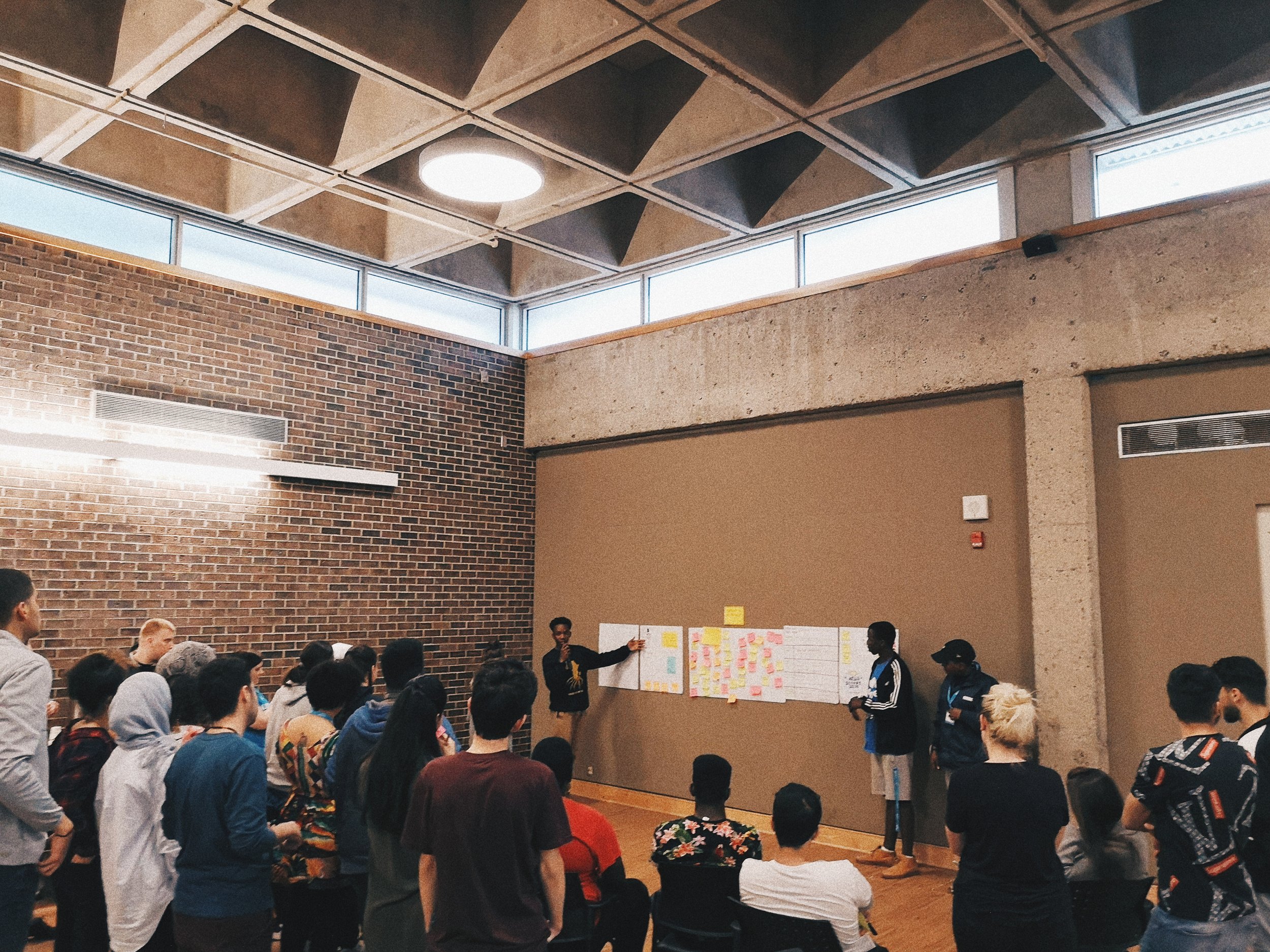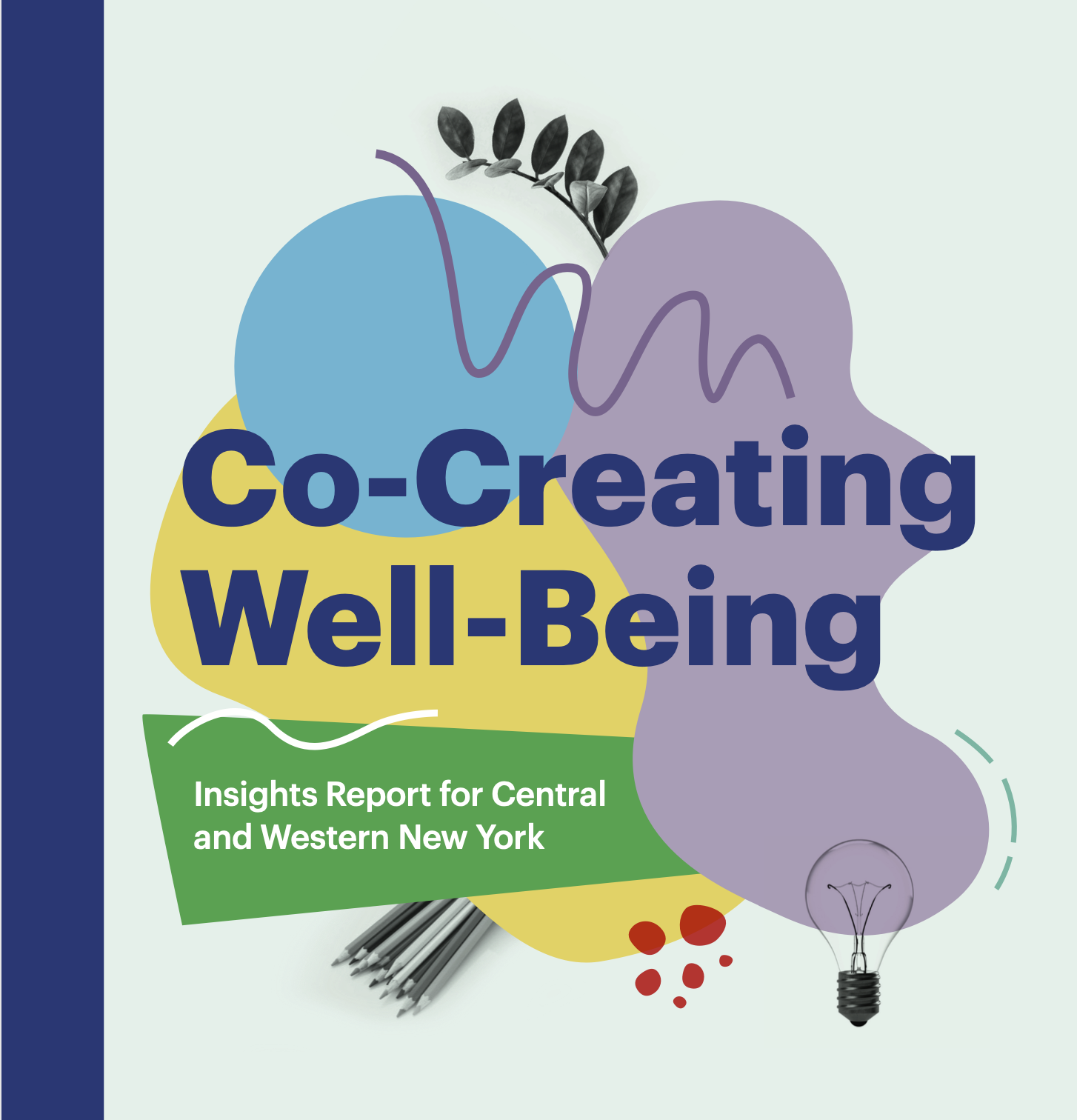Strategy by Design
Our Strategy by Design methodology stands out for its unique emphasis on engagement and participation. We begin every initiative by gaining a clear understanding of the problem space. We identify the people involved, exploring the problem together, combining insights and different points of view to find solutions that stick.
Our people-focused solutions empower teams in navigating change, enhancing adaptability, fostering innovation, and achieving long-term success.
Service Areas
Our Partners

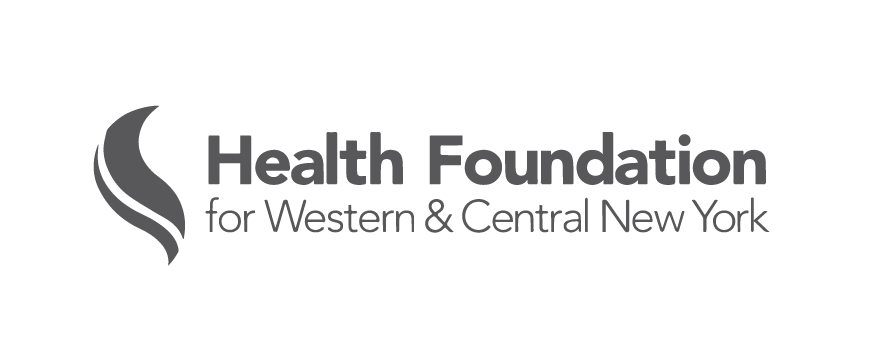

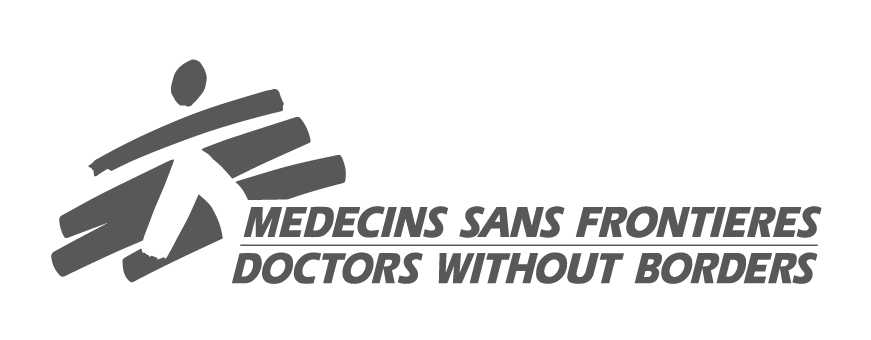
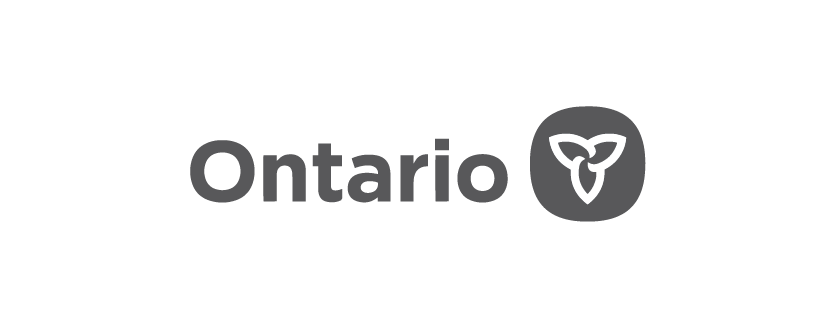

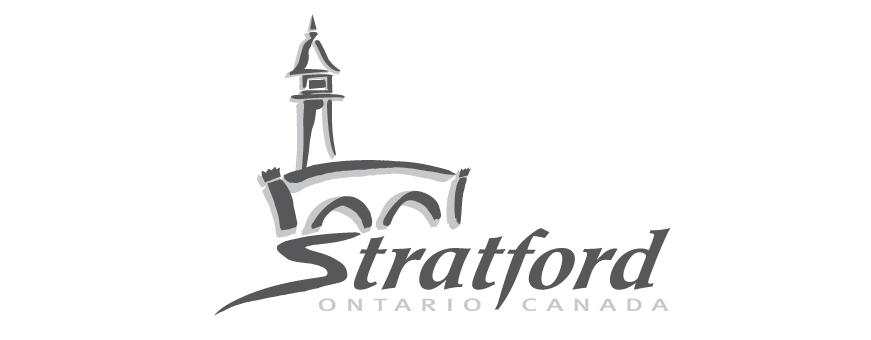

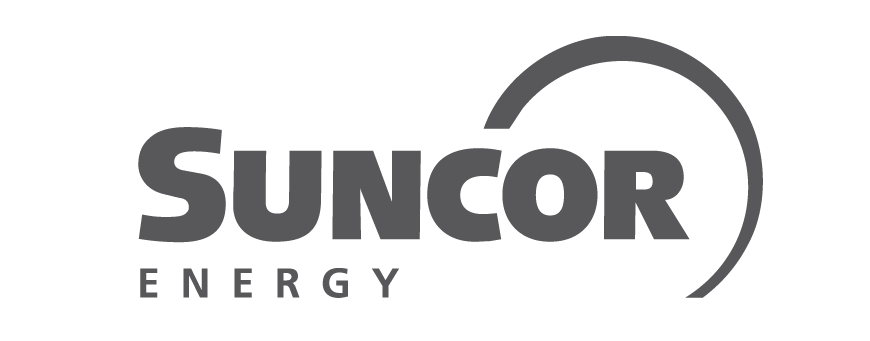
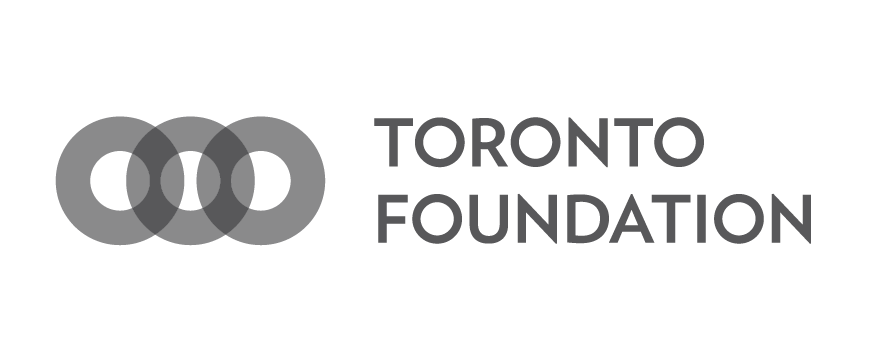
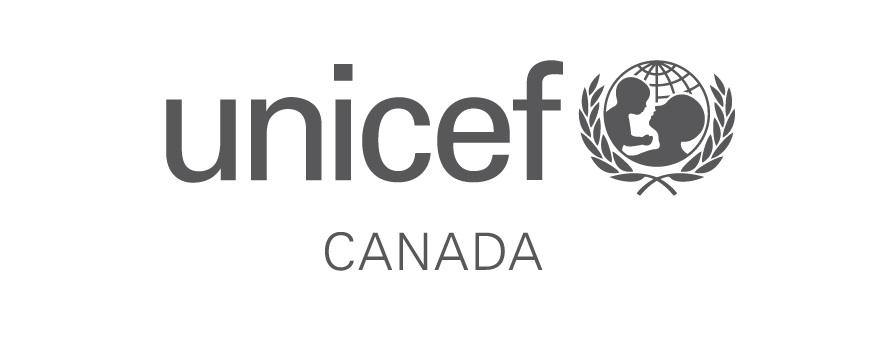
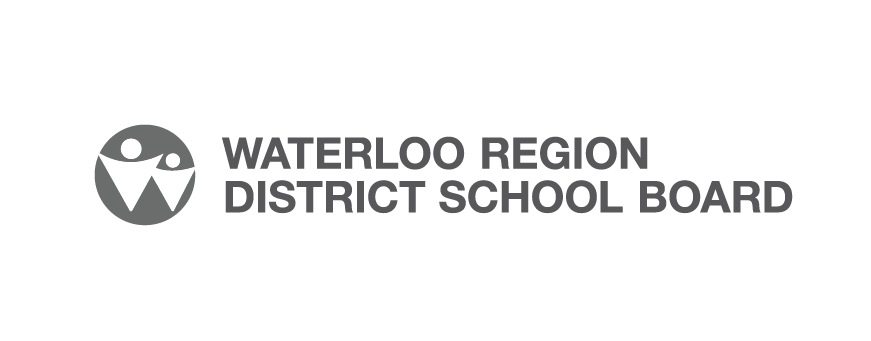
“Overlap helped us think, get out of our risk mindset and go for it. This is now the genesis of what we are moving forward globally.”
Todd Minerson, CEO
Movember Canada
“Working with Overlap felt like talking to friends who understand and are connected to our sector. It was an experience that drastically changed our views of strategic planning.”
Carolyn Stewart, Executive Director
Feed Ontario
“Our Board really benefited from the design-thinking approach. It allowed for more interrogation and building consensus in a way other consulting activities had not.”
Laura Carter, Chief Librarian/Chief Executive Officer
Kingston Frontenac Public Library
Case Studies
It starts with a conversation
The Overlap Shop
We started making our own tools and methods accessible to friends and clients because people asked us to. It aligns with our belief that better is possible when people use a human-centred approach and work to solve real problems with the people that experience them. Overlap Gear has emerged from our training and coaching practice and are the same tools and methods that our team uses in the work they do everyday. We hope you like them as much as we do.













